The CLIMIT Summit 2015 took place 24–25 February in Oslo. CLIMIT is the Norwegian programme for research on, development of, and demonstration of technology for, CO2 capture, transport and storage (CCS).

The CLIMIT programme celebrates 10 years this year. According to the International Energy Agency (IEA), CCS is the third most important measure to limit the global warming by 2°C.
The conference participants seemed to agree that CCS may be deployed tomorrow – if there is will to do so.
Norway is in the forefront of CCS development. For instance, since 1996, one million tonnes of CO2 have been injected each year on the Sleipner field in the North Sea. It should be noted that it is done because it is profitable as a result of the Norwegian CO2 tax. For the time being, there is no similar mechanism promoting CCS deployment.
“Norway has a strong voice, but it doesn’t speak”
Former Member of the European Parliament, Chris Davies, made a passionate keynote speech in which he stated that “Norway has a strong voice, but it doesn’t speak”.
SINTEF’s Vice President of Climate Technologies, Nils A. Røkke, put forth the following challenge to State Secretary Kåre Fostervold of the Norwegian Ministry of Petroleum and Energy: Norway should, as part of the export of oil and natural gas, offer to take back the resulting CO2, for safe storage on the Norwegian continental shelf.
CO2 transport needs to be safe and efficient
My talk presented results and insights from several projects at SINTEF Energy Research, such as the International CCS Research Centre BIGCCS, the competence-building projects CO2Mix and CO2 Dynamics, as well as the EU project IMPACTS.
The research is motivated by the fact that when CCS is to be deployed in full scale, very large quantities of CO2 will have to be transported from the capture plants to the storage sites. IEA’s two-degree scenario talks of six billion tonnes of CO2 per year in 2050. This is about 80 times the Norwegian export of natural gas in 2015. It is then of utmost importance that the transport is safe and efficient.
To achieve this, it is necessary to perform accurate calculations on what happens to the CO2 with impurities during conditioning, transport by pipeline or ship, and injection into the reservoir.
We must then develop good models, something which requires accurate experimental data. Such data are lacking today, but we have developed accurate laboratory facilities for some of the required data. Models and data are needed within three categories: The properties of CO2-rich mixtures in themselves (thermophysical properties), the flow of these mixtures, both as liquids and as gas-liquid mixtures, and also how pressure waves propagate in CO2-rich mixtures.
Lacks model for density
In fact, today we lack good models for even something as “simple” as density.
The uncertainty can reach 20 percent, which then gives a similar uncertainty in the measured amount of CO2 which has been stored. Maybe something to think about for the Ministry of Finance when they want to introduce a general CO2 tax.
You can find my presentation here: CLIMIT Summit 2015, S. T. Munkejord
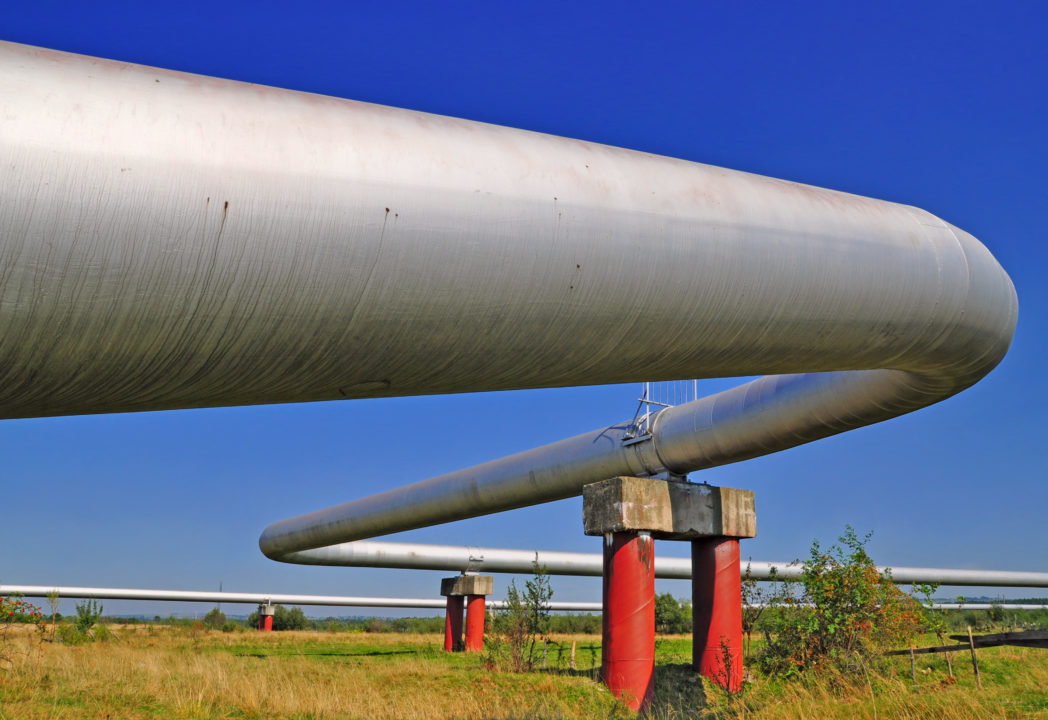
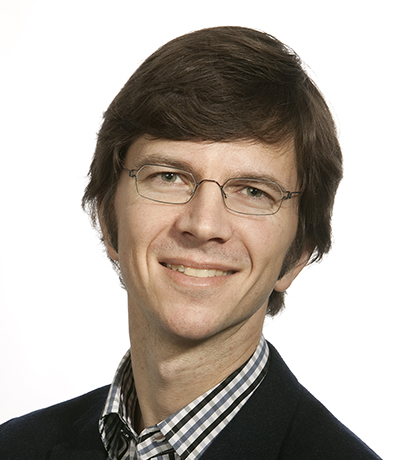


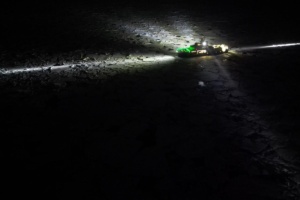

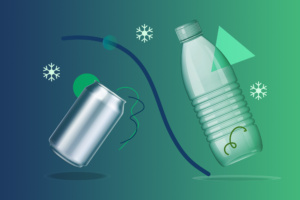
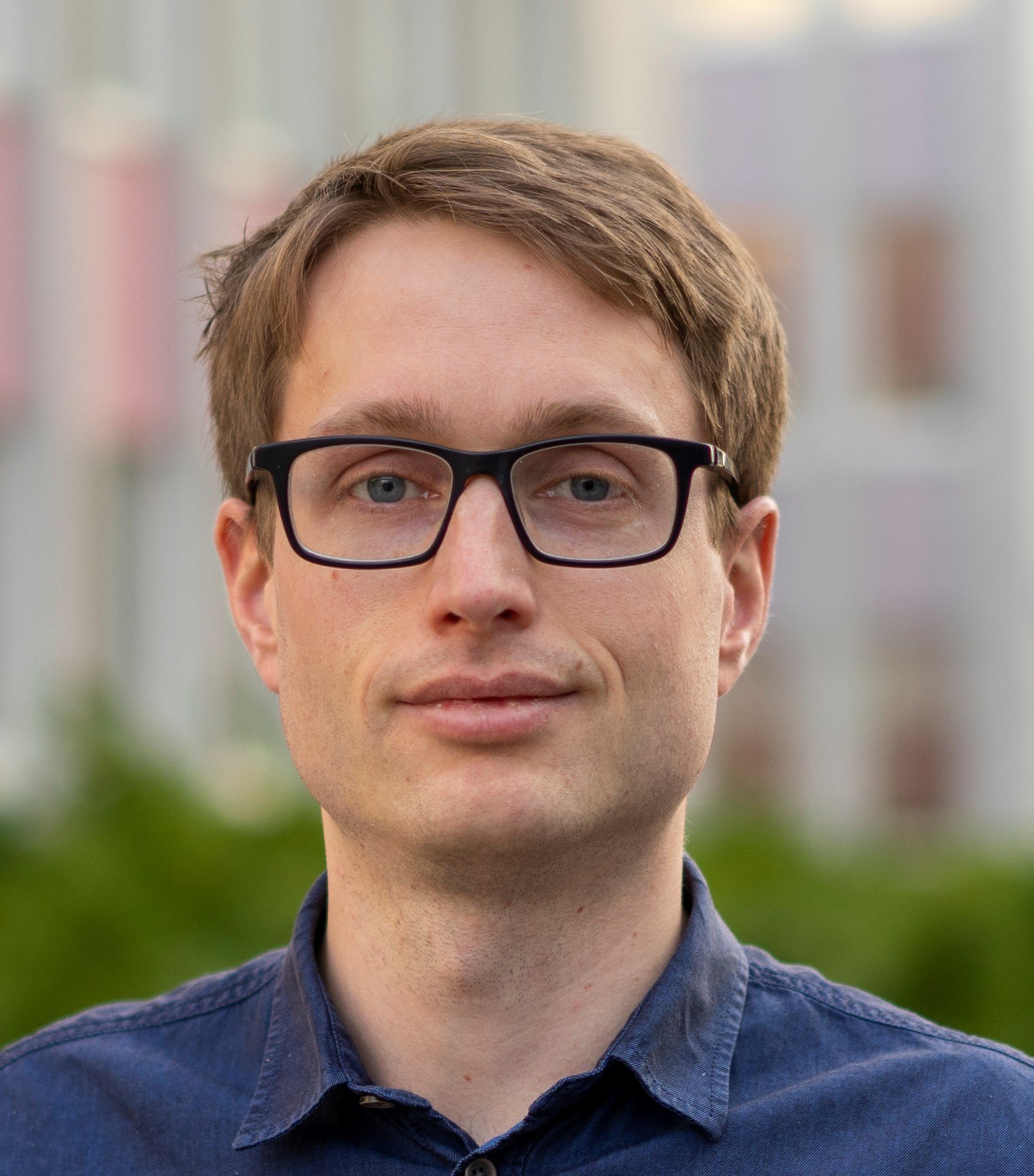
Comments
No comments yet. Be the first to comment!